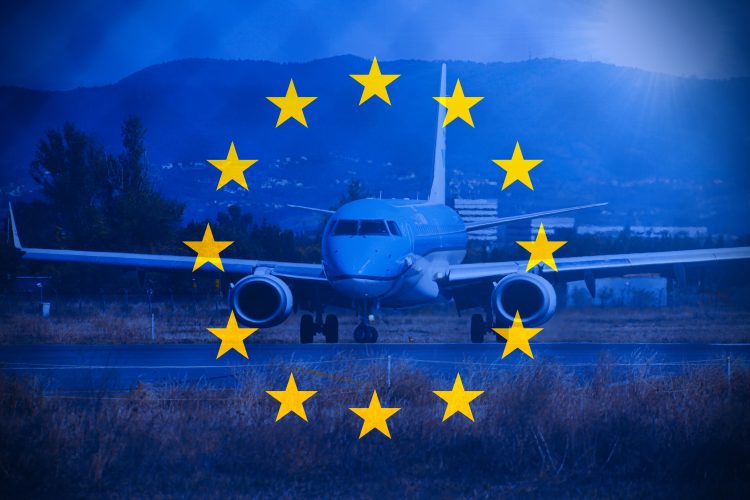European airports report steady passenger traffic growth amid geopolitical tensions and market volatility in first half of 2025
Posted: 6 August 2025 | Gabriel Higgins | No comments yet
European airports saw 4.5% passenger traffic growth in H1 2025, driven by international travel, with notable gains in Eastern Europe and strong leisure demand.


Stay Ahead in Aviation — Subscribe for Free!
Get exclusive access to the latest aviation insights from International Airport Review — all tailored to your interests.
✅ Expert-Led Webinars – Learn from industry leaders
✅ Weekly News & Reports – Airport updates, thought leadership, and exclusive interviews
✅ Event Invitations – Be part of the International Airport Summit
✅ Partner Innovations – Discover the latest industry trends
Choose the updates that matter most to you. Sign up now and stay informed, inspired, and connected — all for free!
Thank you for being part of our community. Let’s keep exploring the future of aviation together!
New report from International Airport Review: Securing Airports in an Evolving Threat Landscape
International Airport Review has brought together top voices from across the global aviation security sector, including International Civil Aviation Organization (ICAO), ACI World, Fraport, Qatar Civil Aviation Authority, Winnipeg Airports Authority, and Smiths Detection to examine today’s most pressing airport security challenges and emerging threats.
This expert-led report provides a strategic assessment of the vulnerabilities facing airports in 2025, encompassing cyber-attacks, drone incursions, evolving geopolitical risks, and emerging technologies.
The result is a practical, insightful guide to strengthening airport resilience, anticipating risks before they escalate, and keeping your airport off the front page
Download the report for free and stay ahead of the security curve – READ FOR FREE NOW!
Related topics
Air traffic control/management (ATC/ATM), Airlines, Airport development, Airport leadership, Operational efficiency, Passenger volumes, Route development, Safety, Security, Tourism
Related airports
Adolfo Suárez Madrid-Barajas Airport (MAD), Almaty International Airport (ALA), Amsterdam Schiphol Airport (AMS), Athens International Airport (ATH), Bari Karol Wojtyła Airport (BRI), Ben Gurion Airport Tel Aviv (TLV), Bournemouth Airport (BOH), Bucharest Aurel Vlaicu International Airport (BBU), Budapest Ferenc Liszt International Airport (BUD), Chișinău International Airport (RMO), Copenhagen Airport (CPH), Copernicus Airport Wrocław (WRO), Cork Airport (ORK), Genoa Cristoforo Colombo Airport (GOA), Girona–Costa Brava Airport (GRO), Istanbul Airport (IST), Istanbul Sabiha Gokcen International Airport (SAW), John Paul II Kraków-Balice International Airport (KRK), Karlstad Airport (KSD), Kaunas Airport (KUN), Leonardo da Vinci–Fiumicino Airport (FCO), London Heathrow Airport (LHR), Memmingen Airport (FMM), Milan Malpensa Airport (MXP), Nea Anchialos National Airport Volos (VOL), Paris Charles de Gaulle Airport (CDG), Poznań–Ławica Airport (POZ), Shirak Airport Gyumri (LWN), Syros Island National Airport (JSY), Trieste – Friuli Venezia Giulia Airport (TRS), Valencia Airport (VLC), Varna Airport (VAR), Warsaw Chopin Airport (WAW)


















